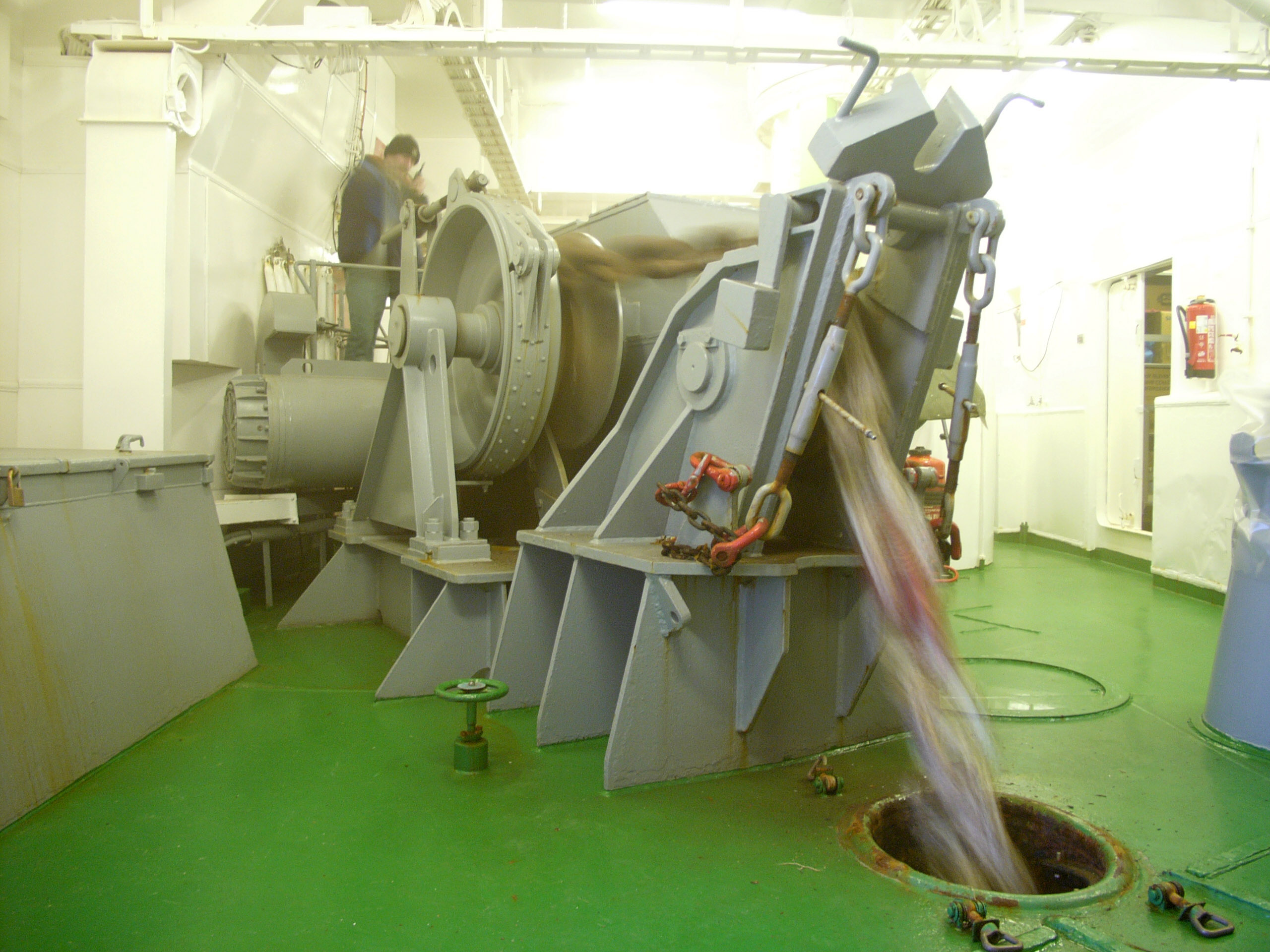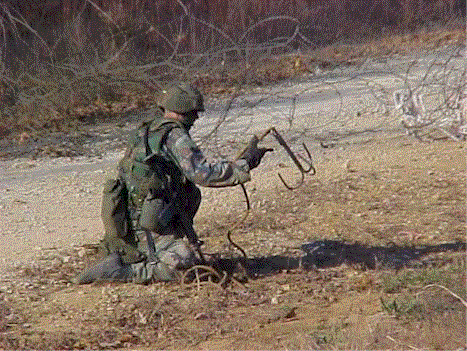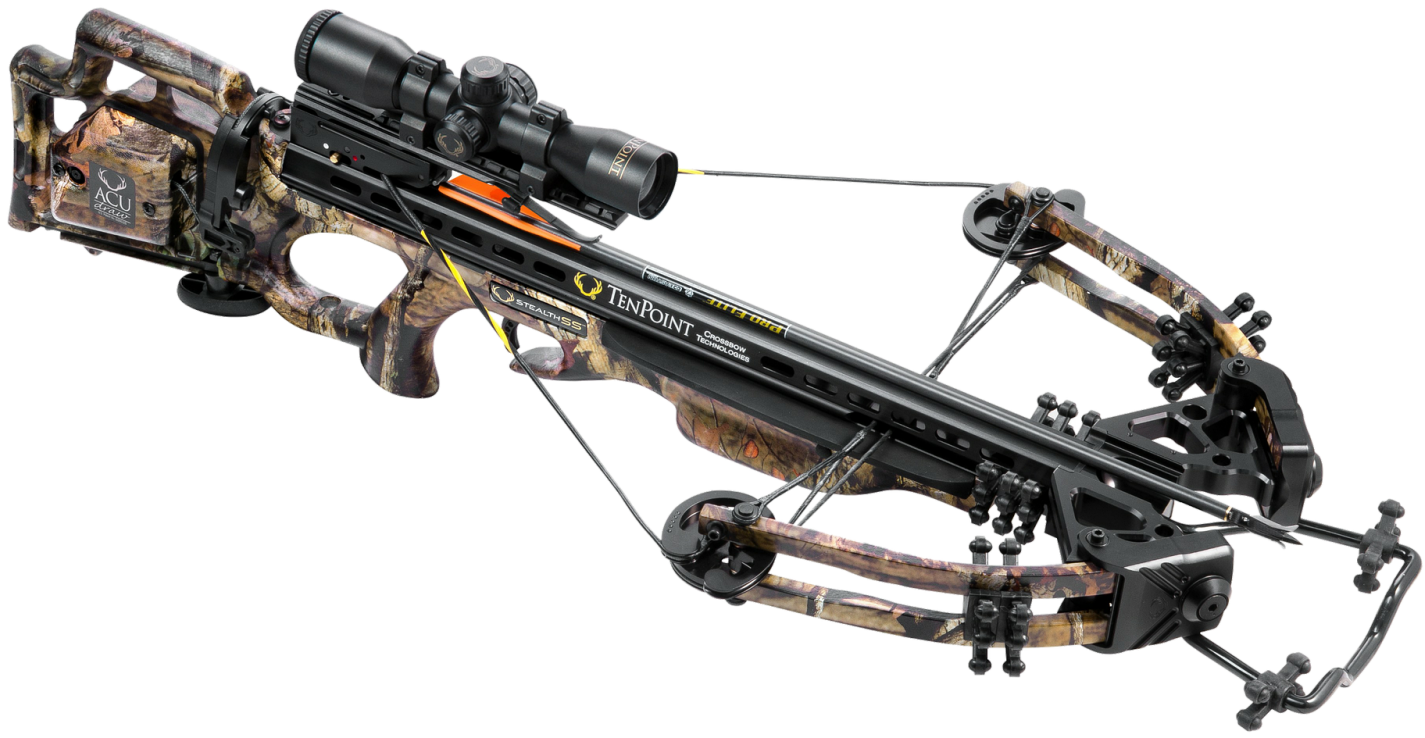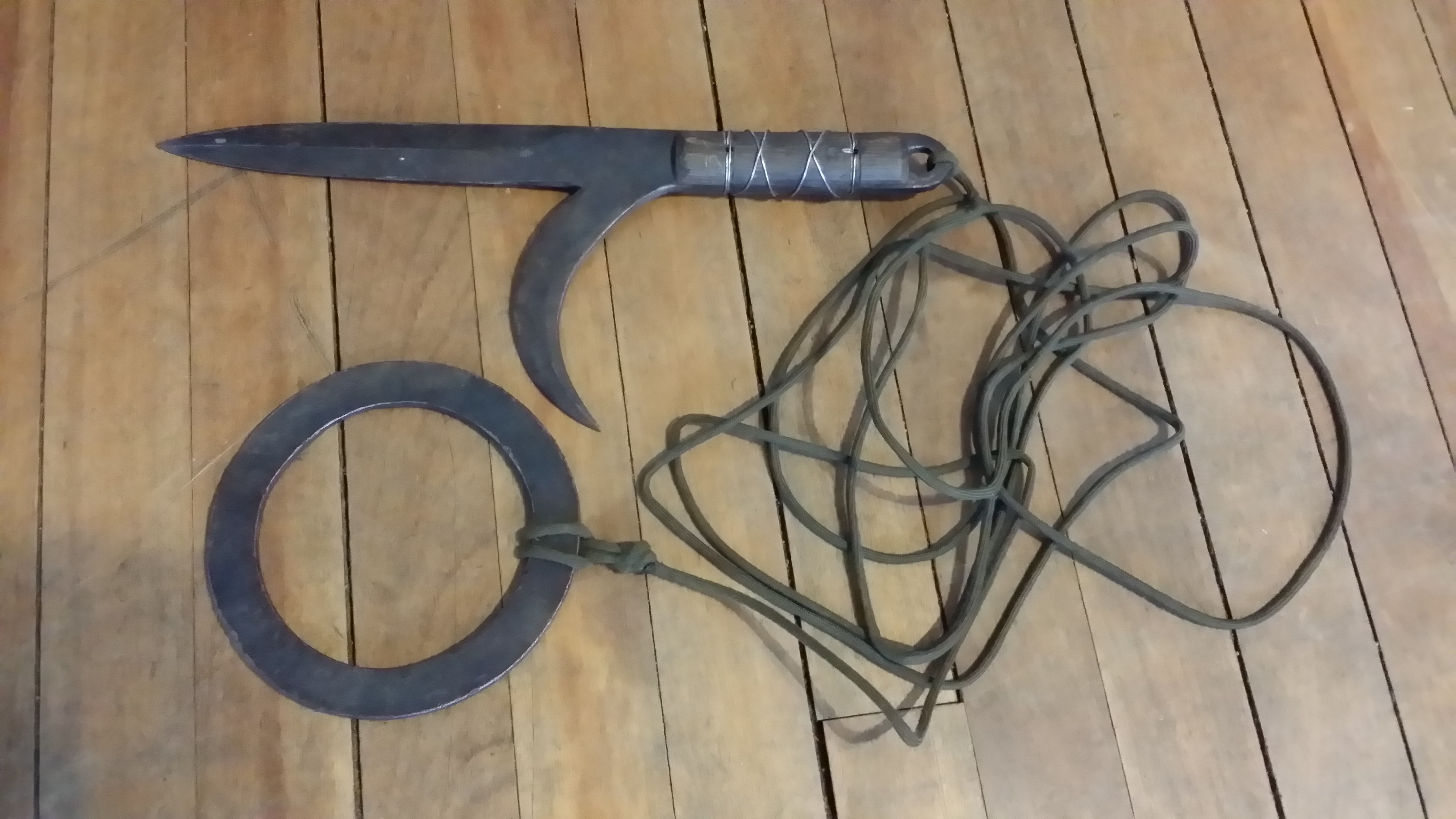|
Grapnel
A grappling hook or grapnel is a device that typically has multiple hooks (known as ''claws'' or ''flukes'') attached to a rope or cable; it is thrown, dropped, sunk, projected, or fastened directly by hand to where at least one hook may catch and hold on to objects. Generally, grappling hooks are used to temporarily secure one end of a rope. They may also be used to dredge for submerged objects. The device was invented by the Romans in approximately 260 BC. The grappling hook was originally used in naval warfare to catch ship rigging so that it could be boarded. Design A common design has a central shaft with a hole ("eye") at the shaft base to attach the rope, and three or four equally spaced hooks at the end, arranged so that at least one is likely to catch on some protuberance of the target. Some modern designs feature folding hooks to resist unwanted attachment. Most grappling hooks are thrown by hand, but some used in rescue work are propelled by compressed air (e.g. ... [...More Info...] [...Related Items...] OR: [Wikipedia] [Google] [Baidu] |
Anchor
An anchor is a device, normally made of metal, used to secure a vessel to the bed of a body of water to prevent the craft from drifting due to wind or current. The word derives from Latin ', which itself comes from the Greek (). Anchors can either be temporary or permanent. Permanent anchors are used in the creation of a mooring, and are rarely moved; a specialist service is normally needed to move or maintain them. Vessels carry one or more temporary anchors, which may be of different designs and weights. A sea anchor is a drag device, not in contact with the seabed, used to minimize drift of a vessel relative to the water. A drogue is a drag device used to slow or help steer a vessel running before a storm in a following or overtaking sea, or when crossing a bar in a breaking sea. Anchoring Anchors achieve holding power either by "hooking" into the seabed, or weight, or a combination of the two. The weight of the anchor chain can be more than that of ... [...More Info...] [...Related Items...] OR: [Wikipedia] [Google] [Baidu] |
Line Thrower
A line thrower is a device that casts a line to a remote position. It is used in rescues as well as marine operations. A line thrower may employ a variety of launching methods including guns, rockets, and pneumatics. History Roman Empire, Roman general Marcus Vipsanius Agrippa created the ''harpax'', a ship-based grapnel that could be fired by a ballista. The ''harpax'' allowed an enemy vessel to be harpooned and then winched alongside for boarding. Appian explains the device as "a piece of wood, five cubits long bound with iron and having rings at the extremities. To one of these rings was attached the grip itself, an iron claw, to the other numerous ropes, which drew it by machine power after it had been thrown by a catapult and had seized the enemy's ships." The ''harpax'' had a distinct advantage over the Corvus (weapon), ''corvus'', the traditional naval boarding bridge, in that it was much lighter; the ''corvus'' boarding bridge is estimated to have weighed a ton. The ''harpa ... [...More Info...] [...Related Items...] OR: [Wikipedia] [Google] [Baidu] |
Grapple (tool)
A grapple is a hook or claw used to catch or hold something. A ship's anchor is a type of grapple, especially the "grapnel" anchor. A throwing grapple, kaginawa (or " grappling hook" ) is a multi-pronged hook that is tied to a rope and thrown/launched to catch a grip, as on a parapet or branch of a tree.War in the Streets by Michael Dewar (Author)Publisher. David & Charles; Publication date. 30 Jan. 1992; It may also be used in a boat to "drag" the bottom of a waterway to hook debris or to find missing objects. In logging and other engineering vehicles, a grapple is a hydraulically powered claw with two or more opposing levers that pinch a log or other materials, usually to lift or drag them. The logging grapple used in swing yarding is not moved by hydraulics but by cables. To open and close the tongs of the grapple, two cables are used. One is tensioned and the other is slacked off to move the tongs. A third cable goes back to the tail hold then to the yarder. This thi ... [...More Info...] [...Related Items...] OR: [Wikipedia] [Google] [Baidu] |
Line Thrower
A line thrower is a device that casts a line to a remote position. It is used in rescues as well as marine operations. A line thrower may employ a variety of launching methods including guns, rockets, and pneumatics. History Roman Empire, Roman general Marcus Vipsanius Agrippa created the ''harpax'', a ship-based grapnel that could be fired by a ballista. The ''harpax'' allowed an enemy vessel to be harpooned and then winched alongside for boarding. Appian explains the device as "a piece of wood, five cubits long bound with iron and having rings at the extremities. To one of these rings was attached the grip itself, an iron claw, to the other numerous ropes, which drew it by machine power after it had been thrown by a catapult and had seized the enemy's ships." The ''harpax'' had a distinct advantage over the Corvus (weapon), ''corvus'', the traditional naval boarding bridge, in that it was much lighter; the ''corvus'' boarding bridge is estimated to have weighed a ton. The ''harpa ... [...More Info...] [...Related Items...] OR: [Wikipedia] [Google] [Baidu] |
Kaginawa
is a type of grappling hook used as a tool in feudal Japan by the samurai class, their retainers, foot soldiers and reportedly by ninja. Kaginawa have several configurations, from one to four hooks. The hook would be attached to a rope of varying length; this was then used to scale a rather large wall, to secure a boat, or for hanging up armor and other equipment during the night. Kaginawa were regularly used during various sieges of miscellaneous castles. The rope was attached to a ring on one end which could be used to hang it from a saddle. See also *Kyoketsu-shoge *Piton References External links * {{Japanese (samurai) weapons, armour and equipment Samurai weapons and equipment Chain and rope throwing weapons Climbing equipment Ninjutsu artefacts ... [...More Info...] [...Related Items...] OR: [Wikipedia] [Google] [Baidu] |
Crossbow
A crossbow is a ranged weapon using an Elasticity (physics), elastic launching device consisting of a Bow and arrow, bow-like assembly called a ''prod'', mounted horizontally on a main frame called a ''tiller'', which is hand-held in a similar fashion to the stock (firearms), stock of a long gun. Crossbows shoot arrow-like projectiles called ''crossbow bolt, bolts'' or ''quarrels''. A person who shoots crossbow is called a ''crossbowman'', an ''arbalister'' or an ''arbalist (crossbowman), arbalist'' (after the arbalest, a European crossbow variant used during the 12th century). Crossbows and bows use the same elastic launch principles, but differ in that an archer using a Bow and arrow, bow must draw-and-shoot in a quick and smooth motion with limited or no time for aiming, while a crossbow's design allows it to be spanned and cocked ready for use at a later time and thus affording them unlimited time to aim. When shooting bows, the archer must fully perform the bow draw, draw, h ... [...More Info...] [...Related Items...] OR: [Wikipedia] [Google] [Baidu] |
3rd-century BC Introductions
The 3rd century was the period from AD 201 (represented by the Roman numerals CCI) to AD 300 (CCC) in accordance with the Julian calendar. In this century, the Roman Empire saw a crisis, starting with the assassination of the Roman Emperor Severus Alexander in 235, plunging the empire into a period of economic troubles, barbarian incursions, political upheavals, civil wars, and the split of the Roman Empire through the Gallic Empire in the west and the Palmyrene Empire in the east, which all together threatened to destroy the Roman Empire in its entirety, but the reconquests of the seceded territories by Emperor Aurelian and the stabilization period under Emperor Diocletian due to the administrative strengthening of the empire caused an end to the crisis by 284. This crisis would also mark the beginning of Late Antiquity. While in North Africa, Roman rule continued with growing Christian influence, particularly in the region of Carthage. In Persia, the Parthian Empire was suc ... [...More Info...] [...Related Items...] OR: [Wikipedia] [Google] [Baidu] |
Kyoketsu-shoge
The is a double-edged blade, with another curved blade attached near the hilt at a 45–60 degree angle. This is attached to approximately of rope, chain, or hair which then ends in a large metal ring. Likely used by ninja of the Iga province, it is thought to be a forerunner to the later more widely known ''kusarigama'' (sickle and chain). Ninja were often recruited from the class of rural peasantry who resided on remote farmland, and the tool's resemblance to farming equipment and high versatility gave it many benefits in stealth combat. The ''kyoketsu-shoge'' has a wide range of uses. The blade could be used for slashing as well as thrusting stabs. The chain or cord, sometimes made from human hair or horsehair for strength and resiliency, could be used for climbing, ensnaring an enemy, binding an enemy and many such other uses. The long range of the weapon combined a cutting tool along with the capability to strike or entangle an enemy at what the user perceived to be a " ... [...More Info...] [...Related Items...] OR: [Wikipedia] [Google] [Baidu] |
Dragon Beard Hook
The Chinese dragon beard hook (also known as the Longxu hook) is a thrown entangling/trapping concealable weapon. It features a two pronged steel hook about long. An iron ring on a crescent-shaped body allows a rope to be attached. The hooks consist of two spearheads, apart. The ends of the hooks are serrated. The rope is typically long, and can be tied to the wrist of the user. This allowed the user to snag and reel in an adversary, which made the weapon very popular amongst constables in bygone days. Training to use the weapon is much like learning to use a rope dart. The weapon hails from Song dynasty. See also * Flying claws * Grappling hook A grappling hook or grapnel is a device that typically has multiple hooks (known as ''claws'' or ''flukes'') attached to a rope or cable; it is thrown, dropped, sunk, projected, or fastened directly by hand to where at least one hook may cat ... References Chain and rope throwing weapons Chinese martial arts Weapons ... [...More Info...] [...Related Items...] OR: [Wikipedia] [Google] [Baidu] |
Batman
Batman is a superhero who appears in American comic books published by DC Comics. Batman was created by the artist Bob Kane and writer Bill Finger, and debuted in Detective Comics 27, the 27th issue of the comic book ''Detective Comics'' on March 30, 1939. In the DC Universe, Batman is the alias of Bruce Wayne, a wealthy American Playboy lifestyle, playboy, Philanthropy, philanthropist, and industrialist who resides in Gotham City. Origin of Batman, His origin story features him swearing vengeance against criminals after witnessing the murder of his parents, Thomas Wayne, Thomas and Martha Wayne, Martha, as a child, a vendetta tempered by the ideal of justice. He trains himself physically and intellectually, crafts a Batsuit, bat-inspired persona, and monitors the Gotham streets at night. Kane, Finger, and other creators accompanied Batman with List of Batman supporting characters, supporting characters, including his sidekicks Robin (character), Robin and Batgirl; allies Alfre ... [...More Info...] [...Related Items...] OR: [Wikipedia] [Google] [Baidu] |
Cable Layer
A cable layer or cable ship is a deep-sea ship, vessel designed and used to lay underwater cables Submarine communications cable, for telecommunications, Submarine power cable, for electric power transmission, military, or other purposes. Cable ships are distinguished by large cable sheaves for guiding cable over Bow (watercraft), bow or stern or both. Bow sheaves, some very large, were characteristic of all cable ships in the past, but newer ships are tending toward having stern sheaves only, as seen in the photo of CS ''Cable Innovator'' at the Port of Astoria on this page. The names of cable ships are often preceded by "C.S." as in CS ''Long Lines''. The first transatlantic telegraph cable was laid by cable layers in 1857 to 1858. It briefly enabled telecommunication between Europe and North America before misuse resulted in failure of the line. In 1866 the successfully laid two transatlantic cables, securing future communication between the continents. Modern cable ships ... [...More Info...] [...Related Items...] OR: [Wikipedia] [Google] [Baidu] |








